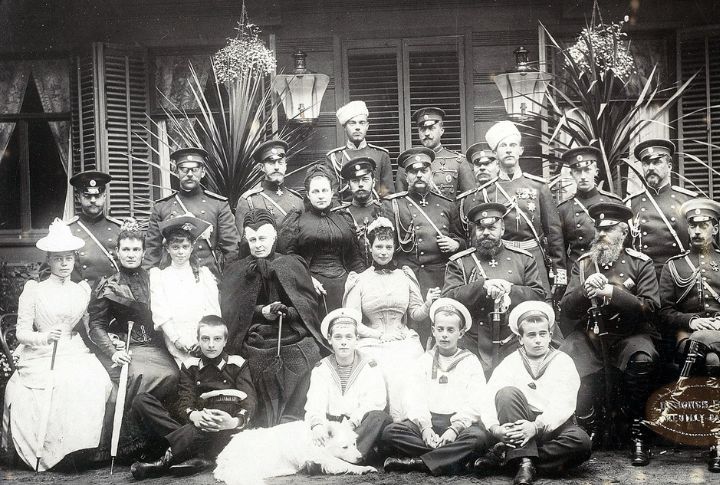
History tends to freeze royalty in oil paintings and fairy tales, but Russia’s imperial family was anything but predictable. Hidden behind the glittering uniforms and palatial halls were whispers of resistance and human vulnerability. These 20 astonishing facts pull back the velvet curtain on the Romanovs. What you find may completely surprise you.
A Dynasty Born From Political Turmoil
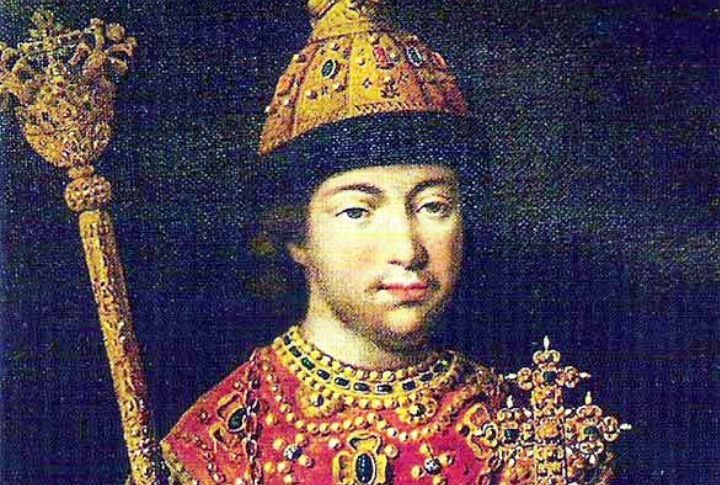
Power in 1613 didn’t pass through bloodlines—it came by national vote. After the Time of Troubles, Mikhail Romanov was chosen to stabilize a fractured Russia. His selection ended years of chaos and launched an imperial dynasty that would oversee some of the nation’s most transformative centuries.
The Romanovs’ European Connections

Political survival often depended on foreign alliances. Marriages into Danish, German, and British royalty strengthened Russia’s global reach. These unions brought Western philosophies and courtly customs into Moscow and St. Petersburg. These reshaped royal conduct and altered how Russian power projected itself beyond its traditional Orthodox core.
The Reign Of Russia’s Powerful Women
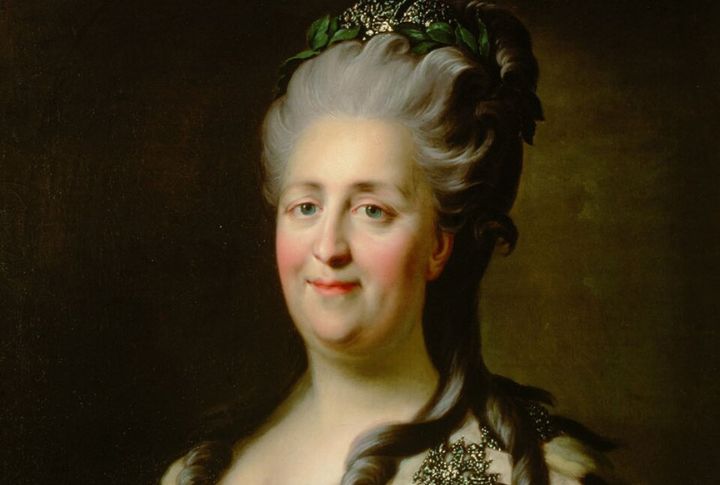
Long before revolutions toppled monarchies, Russia was ruled by formidable women. Empresses like Catherine the Great and Elizabeth of Russia weren’t mere figureheads—they commanded armies and shaped Europe’s political map. Their reigns are a rare era of female dominance in a patriarchal imperial world.
The Romanovs And The Russian Orthodox Church
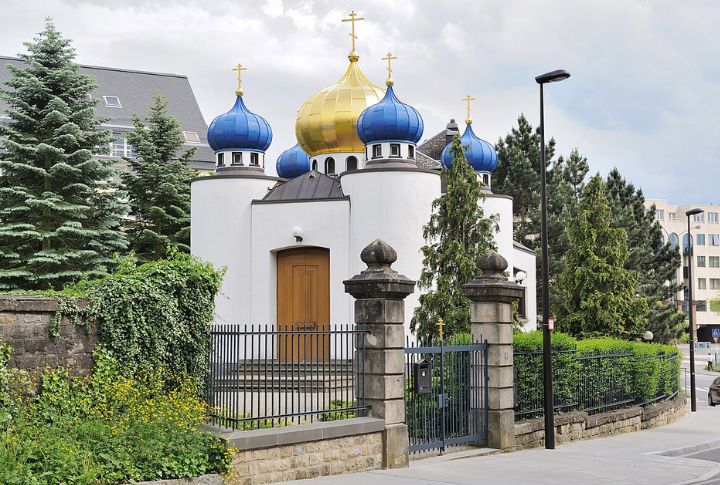
Religion was both the bedrock and the outward symbol of imperial power. The dynasty’s alliance with the Russian Orthodox Church blended spiritual tradition with state legitimacy. Lavish rituals upheld their divine status, but that same holy association painted the monarchy as a key enemy during revolutionary, secular revolts.
The Opulence Of The Winter Palace
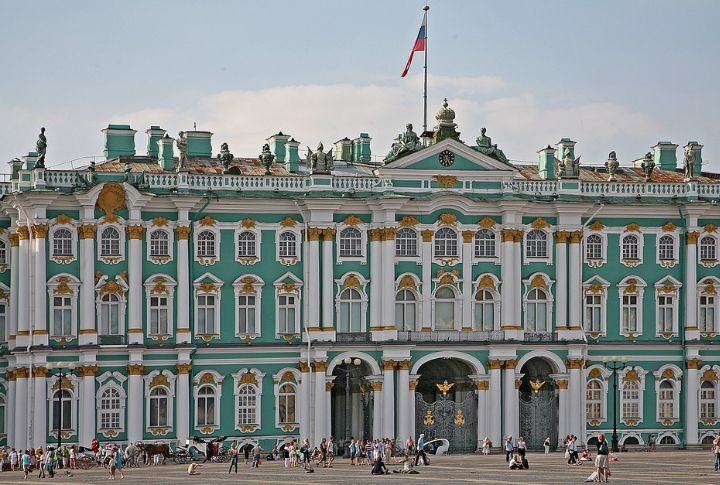
With rooms draped in gold and halls echoing with crystal chandeliers, imperial Russia displayed its might through architecture. The Winter Palace functioned not just as a home but as a monument to inherited privilege. Its grandeur became both a symbol of cultural pride and a target of revolutionary disdain.
The Romanov Tercentenary Celebrations
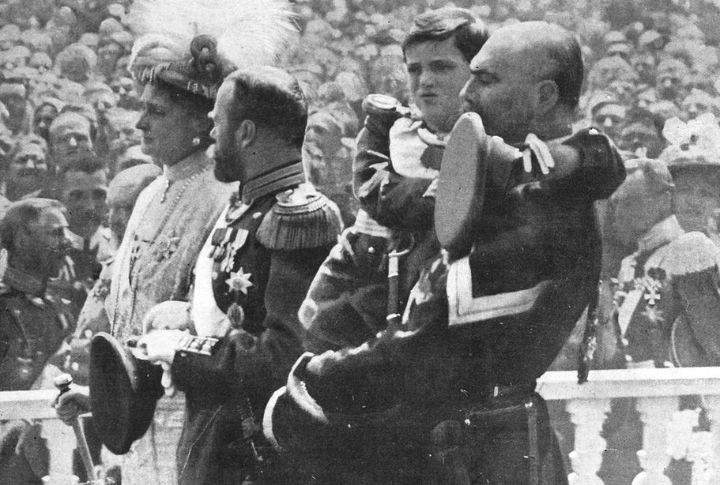
What began as a triumphant 300-year jubilee quickly revealed a deeper unrest. Celebrations of the Romanov tercentenary spread across Russia in 1913, featuring historical costumes and public rituals. Meanwhile, beneath the patriotic displays lurked growing labor strikes and political frustration—signs of an empire about to fracture beyond repair.
Peter The Great’s “Beard Tax”
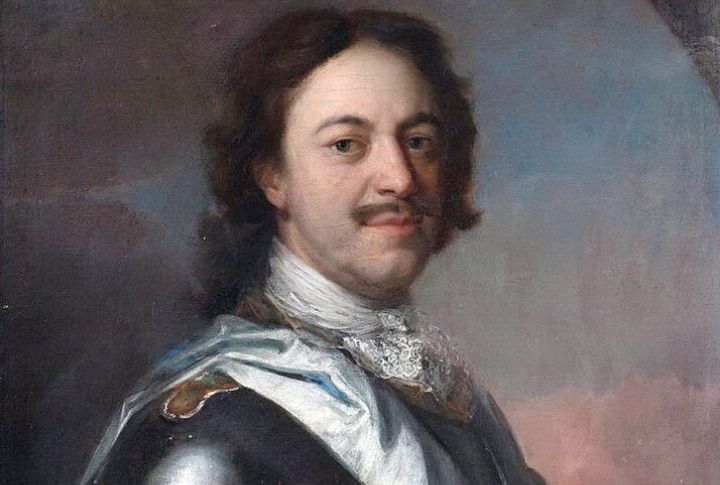
Peter I didn’t just push for Western fashion—he taxed beards to enforce it. Men had to pay 100 rubles annually to keep their facial hair and received a token to prove payment. This quirky policy symbolized his ruthless quest to modernize Russia in Europe’s image.
The Execution In Yekaterinburg
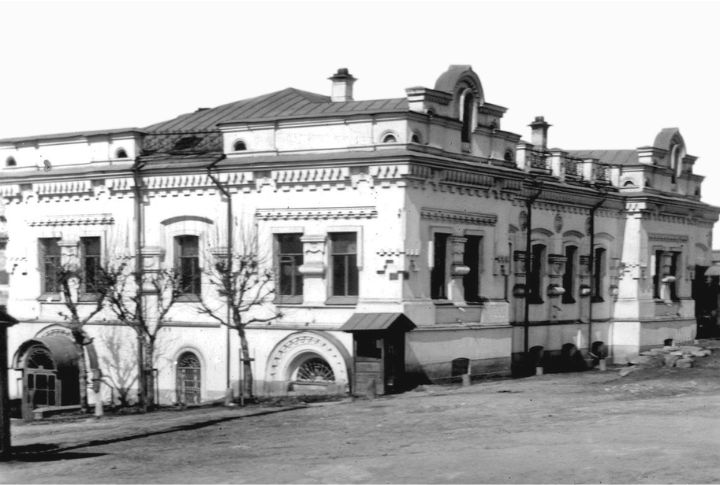
A midnight decision sealed an empire’s fate here. Revolutionary leaders feared rescue by counterforces, so they ordered the Romanovs’ execution inside a modest house basement. Swift and brutal, the killings were meant to extinguish a lineage and erase any hope for dynastic restoration amid civil unrest.
The Mystery Of Anastasia
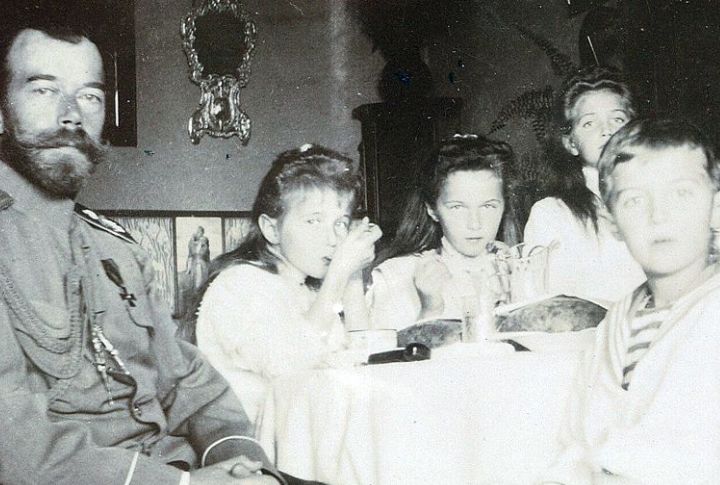
Whispers of a royal daughter’s escape echoed through courtrooms and headlines for decades. When remains surfaced near Yekaterinburg, scientists conducted DNA analysis that, by 2007, linked the bones to both Anastasia and Alexei. The results debunked every impostor’s tale and silenced one of modern history’s most enduring conspiracies.
The Romanovs’ Canonization
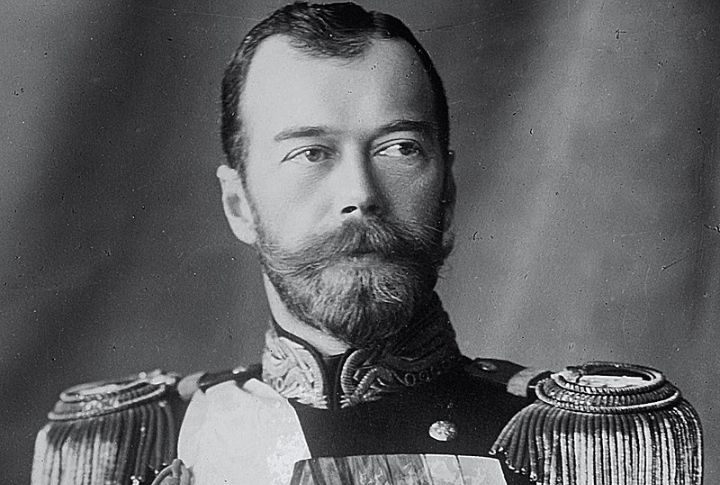
Two years before the new millennium, sainthood elevated political martyrs to holy figures. The Russian Orthodox Church canonized Nicholas II and his immediate family, citing their faith under duress. Churches worldwide now display icons of a family once deposed—an act that stirred both reverence and debate.
The Role Of Photography
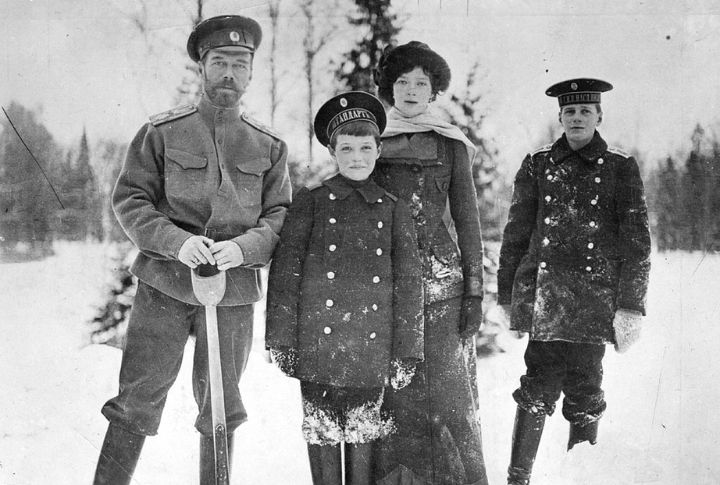
Look closely at those old photo albums, and you’ll see more than just formal poses. Snapshots of sledding, laughter, and sibling games paint a warmer picture of imperial life. Through the lens, the Romanovs appeared relatable, acting less like rulers and more like any family caught between duty and daily joy.
The Romanovs’ Patronage Of The Arts
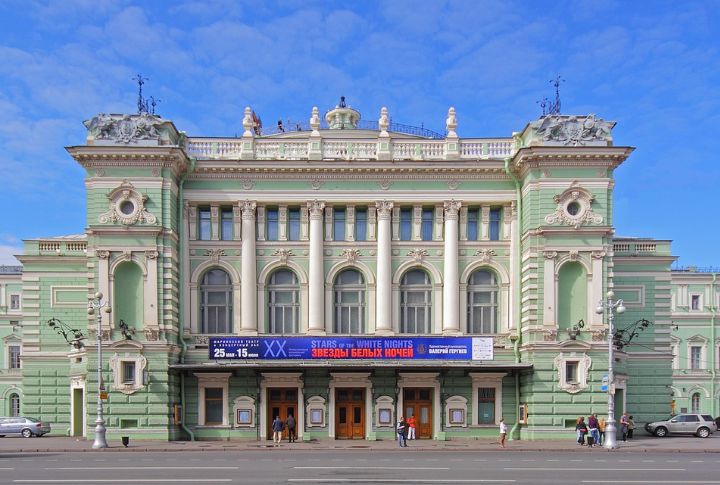
Russia’s creative golden age thrived under imperial sponsorship. Painters and ballet masters flourished, thanks to royal funding and attention. Iconic institutions like the Mariinsky Theater emerged during this era. They blended local traditions with imported trends, thereby influencing global perceptions of Russian sophistication and genius.
The Romanovs’ Relationship With Serfdom
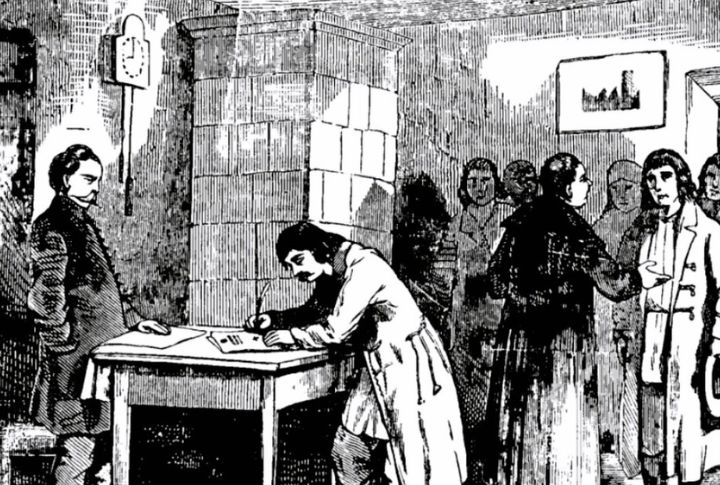
Freedom for millions remained postponed for political convenience. Despite enlightenment ideals, serfdom persisted under Romanov rule. Generations of peasants remained bound to noble estates until 1861, when it was finally abolished. This didn’t result from moral awakening, but from mounting unrest and fears of social and economic collapse.
The Romanovs And Industrialization
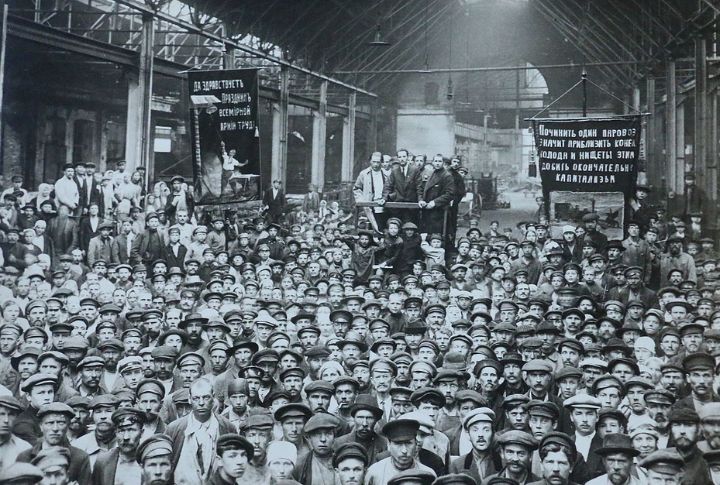
As imperial Russia pushed toward economic modernization, rail lines multiplied and cities transformed. Industrial production soared, but so did the gap between rich and poor. Factory workers labored under harsh conditions with little reward, and the growing frustration among the working class helped set the stage for revolution.
The Education Of Royal Children
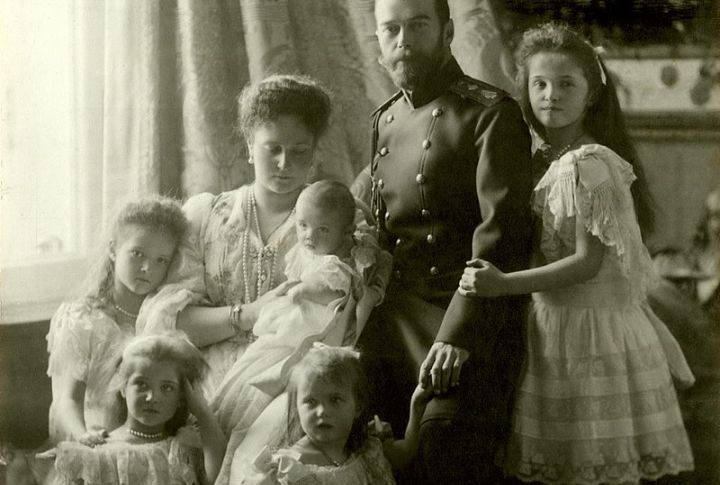
Childhood inside a palace didn’t guarantee indulgence. Tutors drilled imperial offspring in science, languages, and military drills, with schedules resembling elite academies. This rigorous upbringing reflected an old belief: to rule justly and survive palace intrigues, one needed both intelligence and strict adherence to discipline.
The Romanovs’ Exile Plans

Escape once seemed possible. British cousins offered asylum during the revolution’s early days, but fear of public backlash and political entanglement led London to withdraw. With no welcoming refuge abroad, the imperial family remained stranded. This left them vulnerable to the storm building within a collapsing Russian state.
The Romanov Women Who Hid Jewels To Outsmart Captors
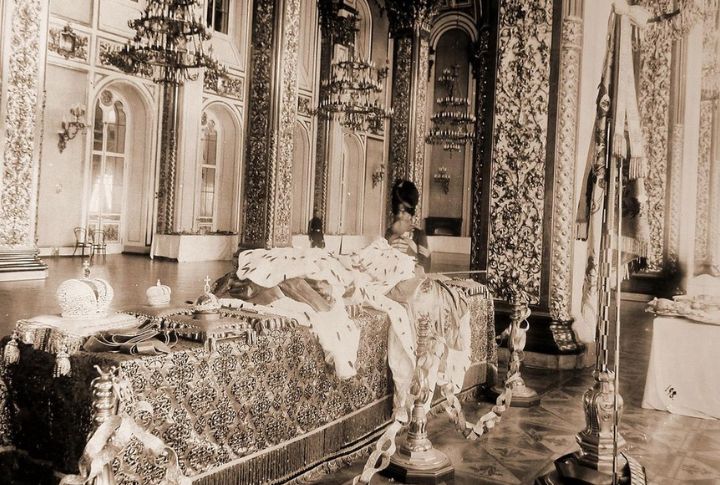
During their imprisonment, the Romanov women secretly stitched diamonds and other gems into their corsets and clothing seams. These hidden treasures, meant as insurance if they escaped, were later found after their deaths, proof of their silent resistance and desperate hope to stay alive.
The Romanov Descendants
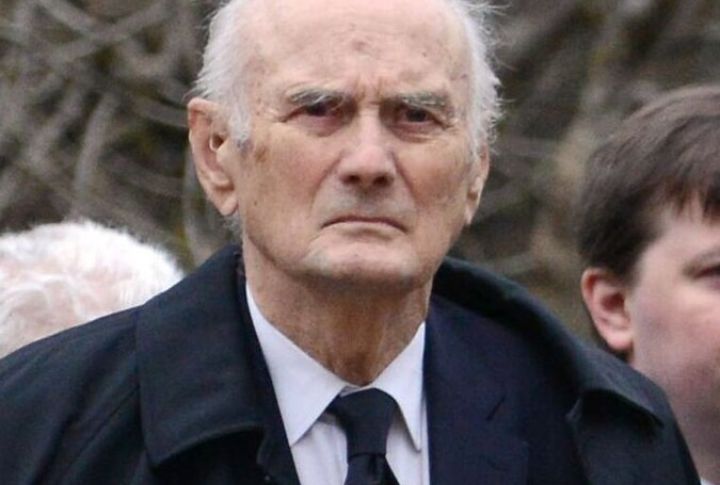
Blue blood didn’t vanish with bullets. Today’s Romanovs live across Europe and the Americas, while taking part in cultural foundations and occasionally stepping into the spotlight. Though they hold no power, their lineage draws attention—one that offers a living bridge to a monarchy lost but not entirely forgotten.
The Romanovs’ Legacy In Modern Russia
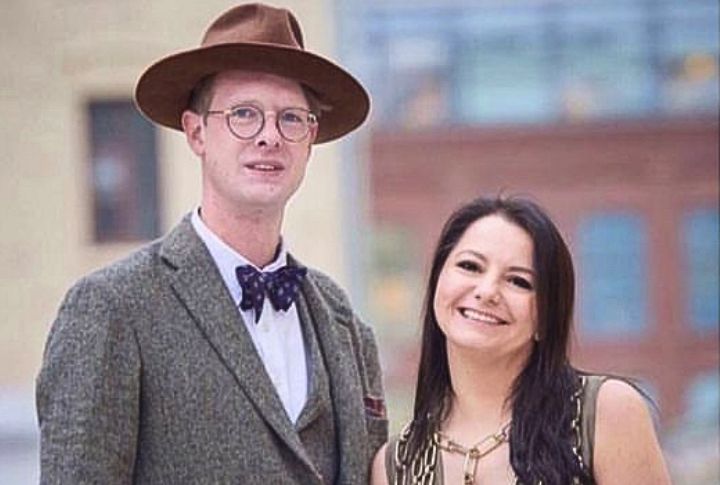
Public memory doesn’t rest in silence. Documentaries and debates reflect how Russians still wrestle with their imperial past. Some view the family as saints, others as symbols of excess and failure. This ongoing conversation shows how history’s ghosts can still influence present politics.
The Romanovs In Popular Culture
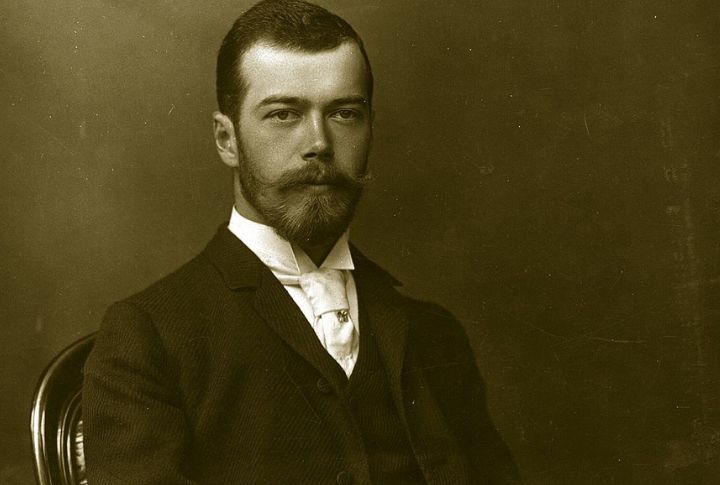
The last rulers of imperial Russia live on in the public imagination, shaped less by archives and more by art. Novels and dramatizations have recast their downfall in romantic tones, often blurring fact and fiction to keep the family relevant in today’s conversations about power and legacy.

